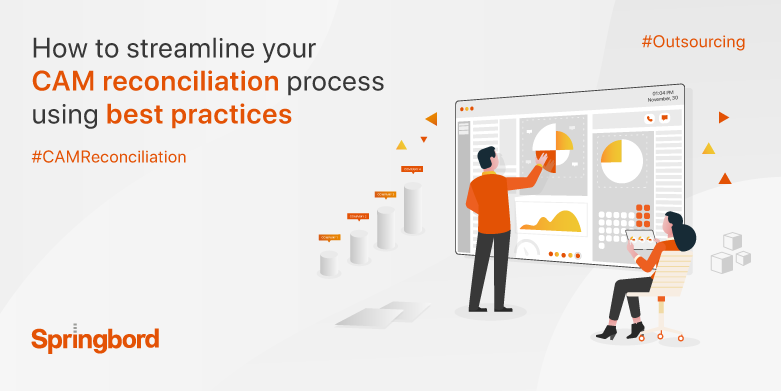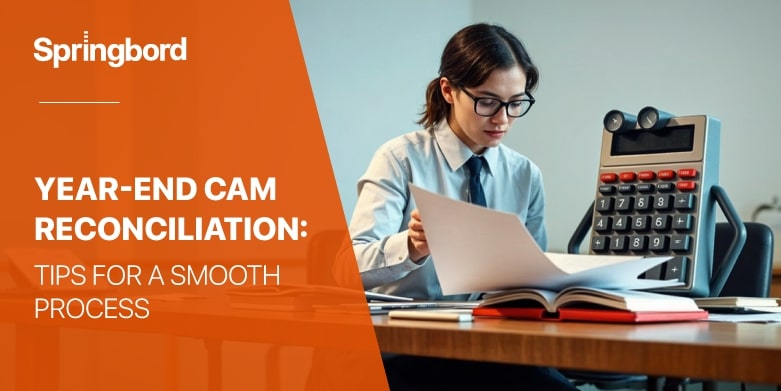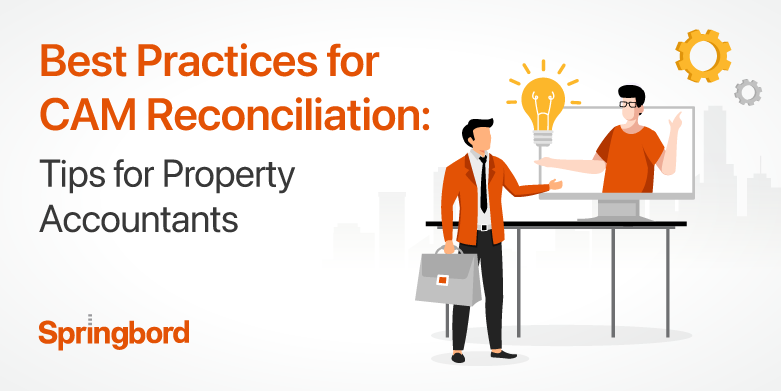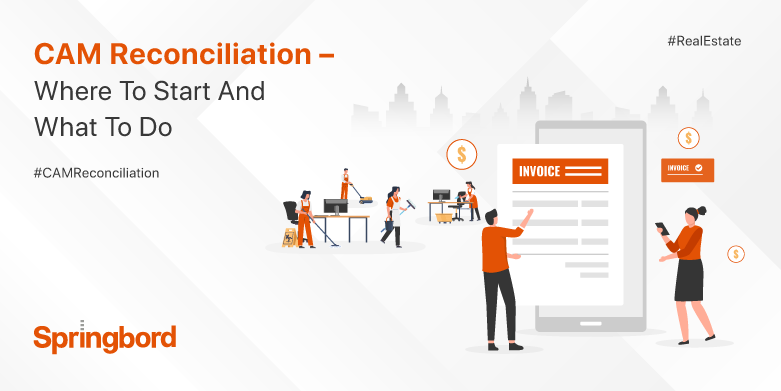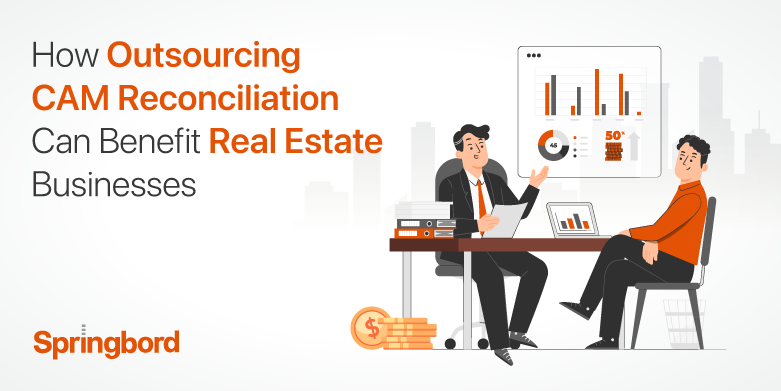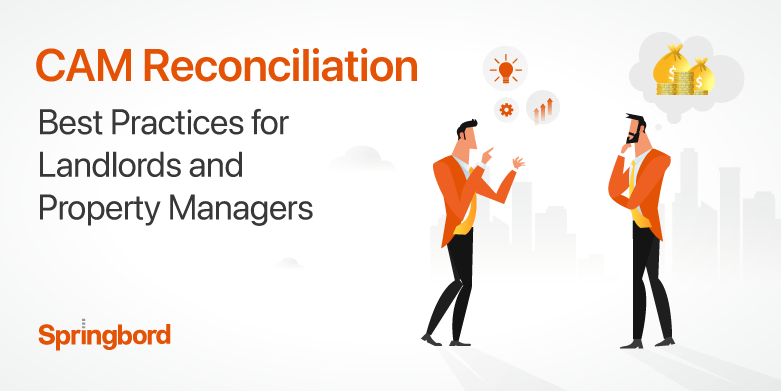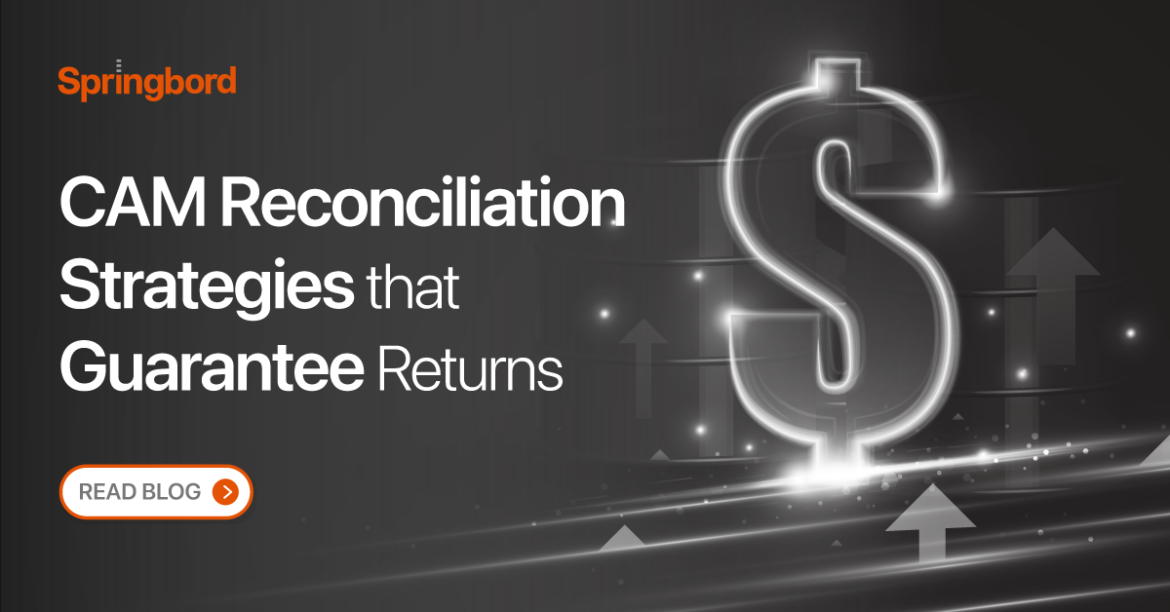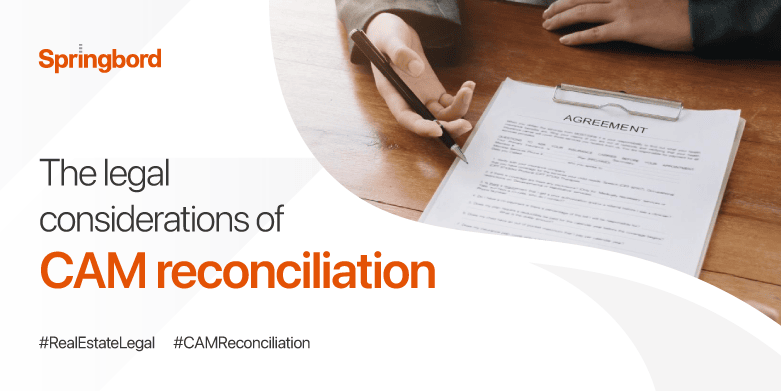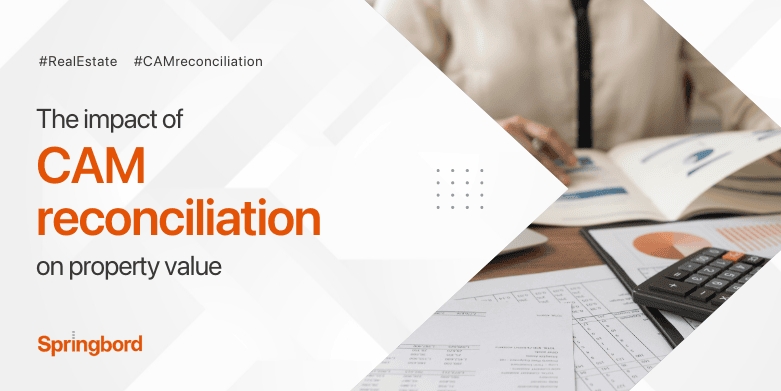M
E
N
U
One of the toughest processes to deal with in real estate is CAM reconciliation. Many owners and landlords struggle with their annual reconciliation. This is because of the intricacies involved, poor tracking of expenses, and the variation in the payment that we see every year. Common Area Maintenance is essential for owners, and missing this
Common Area Maintenance (CAM) reconciliation is extremely important for business owners managing commercial properties. This process ensures that tenant’s expenses incurred in maintaining shared spaces are fairly distributed according to their lease agreements. Accurate CAM reconciliation promotes transparency, builds trust between landlords and tenants, and helps in efficient financial planning for both parties. Significance of
As a property owner or manager, you know that keeping track of all the costs associated with your property can be a daunting task. From rent payments to utility bills, it can be difficult to keep everything organized and ensure that all expenses are accounted for. That’s where a CAM Reconciliation Statement comes in. A
Common Area Maintenance (CAM) reconciliation is a critical aspect of commercial real estate management, crucial for maintaining the property value and maximizing return on investment (ROI). Efficient CAM management directly impacts a property’s net operating income and valuation. As a topic of significant relevance to Springbord and its expertise, exploring best practices in CAM reconciliation
In commercial real estate, the true art lies not just in securing prime locations or closing profitable deals, but in the meticulous management of the unseen elements that keep these properties running smoothly. One such element, often overlooked but extremely important, is Common Area Maintenance (CAM) reconciliation. This process, while seemingly ordinary, can be the
In real estate management, Commercial Common Area Maintenance (CAM) reconciliation stands as a pivotal process. It’s the mechanism through which landlords recover expenses incurred in maintaining shared spaces within commercial properties. While seemingly straightforward, CAM reconciliation poses significant challenges for real estate business owners, necessitating a closer look at its complexities and implications. At Springbord,
Common Area Maintenance (CAM) reconciliation is an essential yet challenging aspect of commercial real estate management. It involves the meticulous process of allocating and recovering property maintenance costs from tenants. However, with no standardized approach to CAM reconciliation, landlords and property managers often find themselves in a quagmire of complicated calculations and potential errors. This
In commercial real estate management, achieving the highest possible return on investment (ROI) is a top priority. A critical aspect of this endeavor involves managing Common Area Maintenance (CAM) costs effectively. Common area maintenance reconciliation, when executed strategically, can significantly impact your property’s financial performance. In this blog, we will delve into effective CAM reconciliation
Legal considerations of CAM reconciliation are of the utmost importance in commercial property management. Common Area Maintenance (CAM) reconciliation refers to balancing expenses between proprietors and tenants for shared property areas. To ensure impartiality, transparency, and compliance with lease agreements, it is vital to comprehend and adhere to the legal aspects governing this reconciliation process.
The reconciliation of CAM expenses is crucial to the financial landscape of commercial properties. The impact of CAM reconciliation on property value must be balanced. CAM reconciliation, the process of balancing common area maintenance charges, has the potential to have a significant impact on a property’s value. Property owners, investors, and tenants must understand CAM


